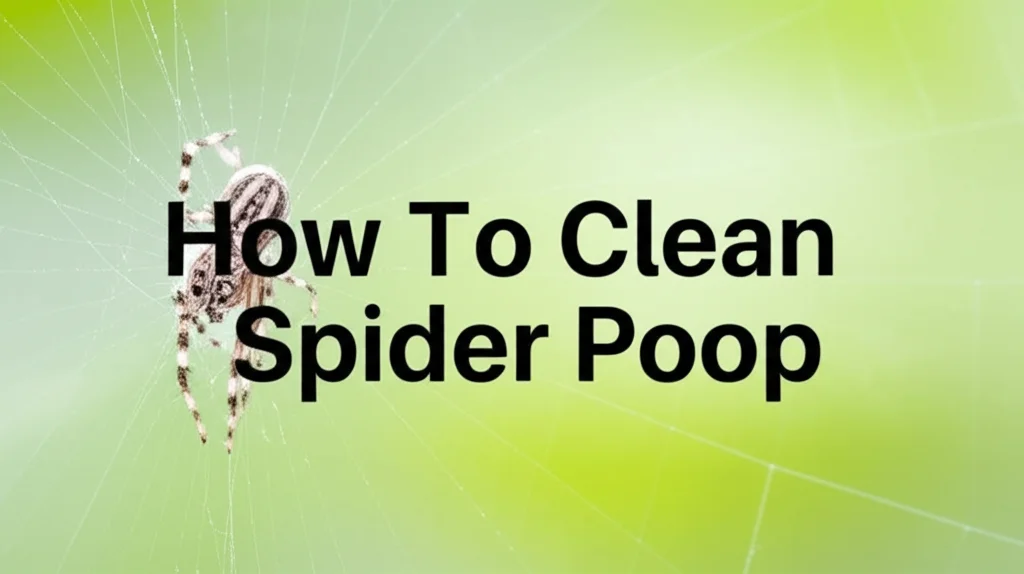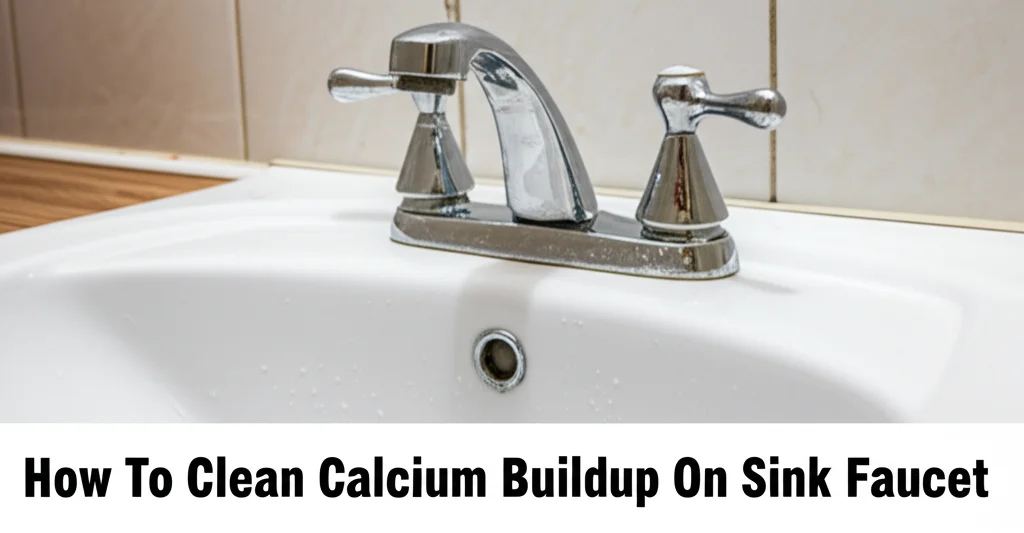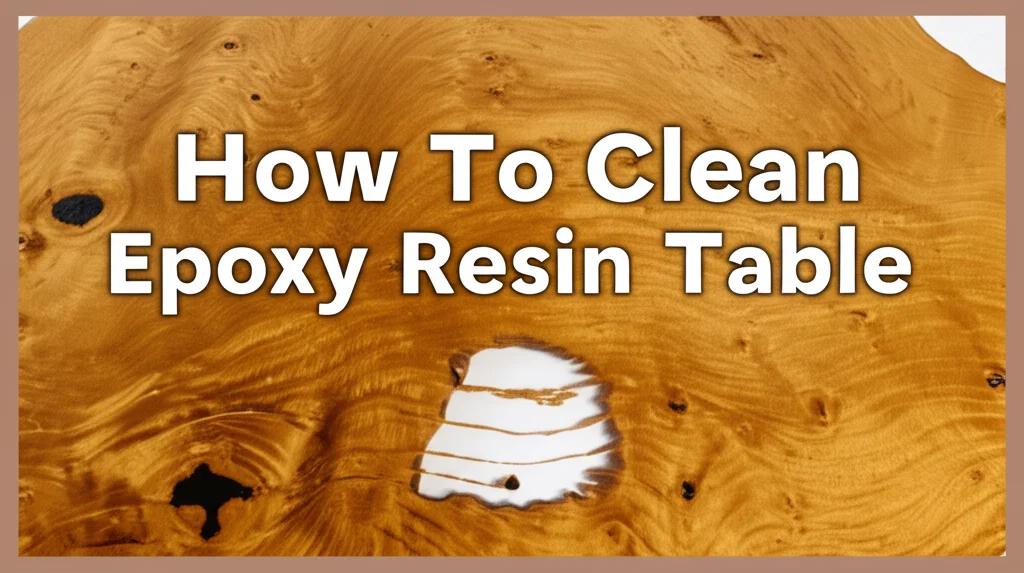· Home Cleaning · 8 min read
How To Clean Books With Mouse Droppings

Cleaning Books Affected by Mouse Droppings: A Step-by-Step Guide
Finding mouse droppings in your book collection is unsettling, to say the least. It’s not just the ick factor; mouse droppings pose a health risk and can damage your books over time. This guide will walk you through how to safely and effectively clean books with mouse droppings, protecting both your health and your treasured collection. We’ll cover everything from safety precautions to the best cleaning methods, ensuring your books are restored as much as possible. Let’s get started on reclaiming your reading space!
Takeaway:
- Prioritize safety: Wear protective gear like gloves and a mask.
- Vacuum carefully: Use a HEPA filter vacuum to remove droppings.
- Gentle cleaning: Employ soft brushes and appropriate cleaning solutions.
- Disinfect surfaces: Sanitize affected areas to eliminate health risks.
Can you clean books with mouse droppings?
Yes, you can clean books with mouse droppings, but it requires caution and the right approach. Prioritize your health by wearing protective gear and carefully removing the droppings to avoid inhaling harmful particles. Gentle cleaning methods are key to preserving the books themselves.
Understanding the Risks of Mouse Droppings
Mouse droppings aren’t just unpleasant to look at; they carry potential health risks. Mice can transmit diseases like Hantavirus, Salmonella, and Leptospirosis through their urine, droppings, and saliva. These diseases can cause flu-like symptoms, respiratory issues, and even more serious health problems. It’s crucial to handle the cleanup process with care to minimize exposure. Ignoring the problem won’t make it go away and could lead to a worsening health hazard.
Furthermore, mouse droppings are acidic and can cause permanent staining and damage to book pages and covers over time. The moisture within the droppings can also encourage mold growth, further deteriorating the books. Prompt and proper cleaning is essential to prevent long-term damage to your valuable collection. Don’t delay addressing this issue to protect both your health and your books.
Safety First: Protective Gear and Ventilation
Before you even think about touching those books, safety needs to be your top priority. Always wear disposable gloves to prevent direct contact with the droppings and any potential contaminants. A well-fitting N95 respirator mask is essential to avoid inhaling airborne particles, especially when vacuuming or dusting. Eye protection, like goggles, is also a good idea to shield your eyes from dust and debris.
Proper ventilation is equally important. Open windows and doors to create airflow, or use a fan to circulate the air. This helps to disperse any airborne particles and reduces the risk of inhalation. If the infestation is significant, consider using an air purifier with a HEPA filter to further improve air quality. Remember, protecting yourself is the first step in effectively cleaning up the mess. You can find more information on home sanitation at https://www.beacleaner.com/how-to-remove-mold-from-painted-walls/.
Removing the Droppings: Vacuuming and Brushing
The initial step involves physically removing the mouse droppings. Never sweep or dust the droppings, as this will stir up dust and spread contaminants into the air. Instead, use a vacuum cleaner equipped with a HEPA filter. A HEPA filter traps tiny particles, preventing them from being recirculated into the room. Slowly and carefully vacuum the affected books, paying attention to crevices and areas where droppings may be lodged.
For delicate books or areas where vacuuming isn’t suitable, use a soft-bristled brush to gently sweep the droppings into a disposable container. Avoid applying excessive pressure, as this could damage the book pages. Dispose of the collected droppings and the vacuum bag (if applicable) in a sealed plastic bag. Wash your hands thoroughly with soap and water after handling the droppings, even if you were wearing gloves. Proper removal is key to minimizing the spread of contaminants.
Cleaning Book Covers: Materials and Methods
Book covers require different cleaning approaches depending on the material. Cloth-covered books can usually be gently wiped down with a slightly damp cloth and a mild detergent solution. Test the solution on an inconspicuous area first to ensure it doesn’t damage the cover. Leather-bound books are more delicate and require specialized leather cleaners. Avoid using harsh chemicals or abrasive cleaners, as these can strip the leather of its natural oils and cause cracking.
For paper covers, be extra cautious. A dry microfiber cloth is often the best option for removing dust and light debris. If there are stubborn stains, you can try gently blotting with a slightly damp cloth, but avoid getting the paper too wet. Always allow the covers to air dry completely before returning the books to the shelf. Understanding the material of your book covers is crucial for choosing the right cleaning method. You might also find helpful tips on cleaning other surfaces at https://www.beacleaner.com/how-to-clean-vinyl-plank-flooring/.
Dealing with Sticky Residue
Sometimes, mouse droppings leave behind a sticky residue. For cloth or paper covers, a solution of warm water and a tiny drop of dish soap can help. Apply the solution sparingly with a soft cloth, gently blotting the affected area. Avoid rubbing vigorously, as this could damage the cover. For leather covers, a specialized leather cleaner is recommended to remove the residue without causing damage. Always test the cleaner on an inconspicuous area first.
Cleaning Book Pages: A Delicate Approach
Cleaning book pages is the most challenging part of the process. Paper is fragile and easily damaged by moisture. Avoid using liquids whenever possible. Instead, use a soft brush to gently remove loose debris and dust. A specialized book cleaning brush with soft bristles is ideal for this purpose. For stubborn stains, you can try using a document cleaning pad, which is designed to lift dirt and grime from paper surfaces.
If you must use a liquid cleaner, opt for a pH-neutral book cleaner specifically formulated for delicate paper. Apply the cleaner sparingly with a cotton swab, gently blotting the affected area. Avoid rubbing or scrubbing, as this could tear the paper. Allow the pages to air dry completely before closing the book. Remember, patience and a gentle touch are essential when cleaning book pages. You can find more information on cleaning delicate surfaces at https://www.beacleaner.com/how-to-clean-hardwood-floors-with-vinegar/.
Disinfecting and Preventing Future Infestations
After cleaning the books, it’s important to disinfect the surrounding area to eliminate any remaining contaminants. Use a disinfectant spray or wipe that is safe for use on books and surfaces. Pay attention to bookshelves, floors, and any other areas where mice may have been present. To prevent future infestations, seal any cracks or holes in walls and floors that could serve as entry points for mice. Store books in airtight containers or plastic sleeves to protect them from dust and pests.
Regularly inspect your book collection for signs of mouse activity, such as droppings or gnaw marks. Consider using mouse traps or repellents to deter mice from entering your home. Maintaining a clean and organized home environment can also help to prevent infestations. Proactive prevention is the best way to protect your books and your health. You can also learn about pest control at https://www.beacleaner.com/how-to-get-bed-bugs-out-of-carpet/.
Frequently Asked Questions
Q: Can I use bleach to clean books with mouse droppings?
A: No, absolutely not. Bleach is a harsh chemical that can damage paper and book covers. It can also discolor the pages and weaken the binding. Always use pH-neutral cleaners specifically designed for books.
Q: How long should I air dry books after cleaning?
A: Allow books to air dry completely, ideally for 24-48 hours, before returning them to the shelf. Ensure good ventilation to speed up the drying process.
Q: What if the mouse droppings have caused mold growth on the books?
A: Mold requires a different approach. Gently brush off any visible mold, then use a specialized mold remover for books. Ensure proper ventilation and wear a respirator mask. Severe mold infestations may require professional restoration.
Q: Is it safe to handle old books with potential mouse droppings without gloves?
A: No, it’s not safe. Even old droppings can harbor harmful pathogens. Always wear gloves and a mask when handling potentially contaminated books.
Q: How can I tell if a book is too damaged to save?
A: If the pages are severely stained, torn, or brittle, or if the binding is broken, the book may be beyond repair. Consider consulting a professional book restorer for an assessment.
Conclusion
Cleaning books with mouse droppings is a delicate but necessary task. By following these steps – prioritizing safety, carefully removing the droppings, using gentle cleaning methods, and disinfecting the area – you can protect your health and preserve your valuable book collection. Remember, patience and a cautious approach are key. Don’t hesitate to seek professional help if you’re dealing with a severe infestation or if you’re unsure about how to proceed. Protecting your books and your well-being is worth the effort. Now that you know how to clean books with mouse droppings, you can confidently tackle this unpleasant task and enjoy your reading collection once again.




